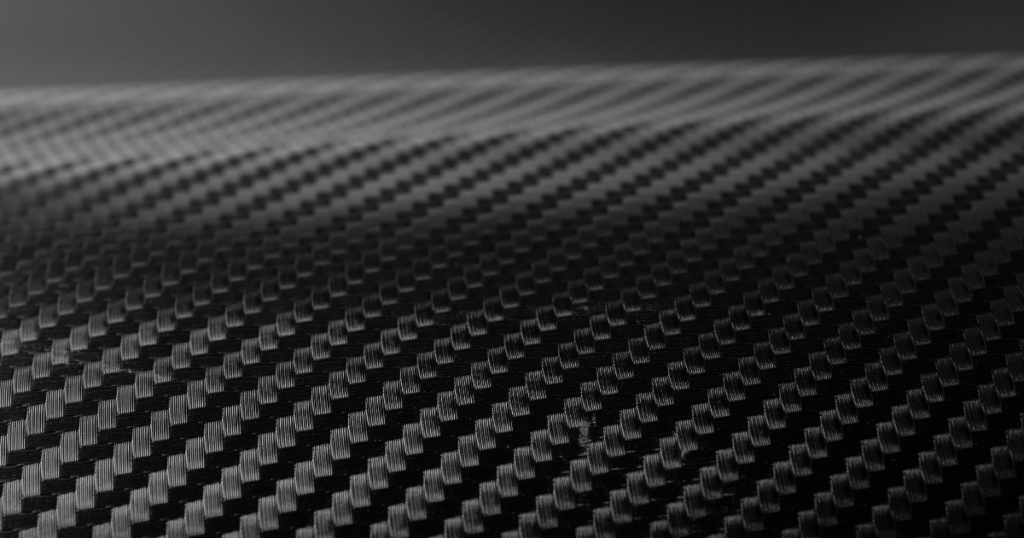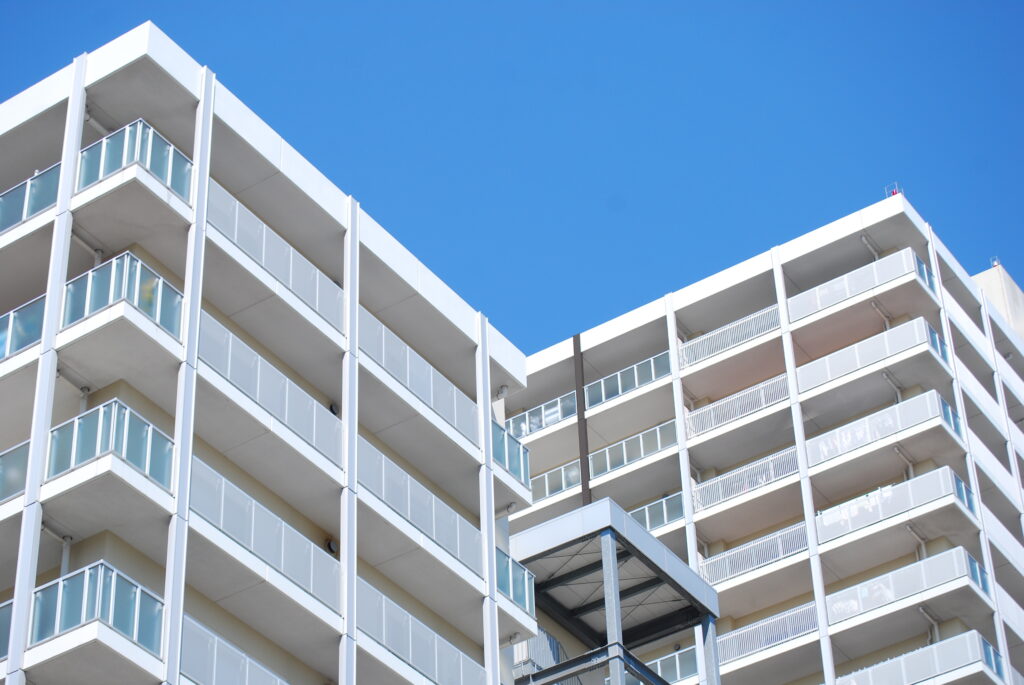
CFRP (carbon fiber reinforced plastic) has lightweight and high-strength properties and is widely used in aircraft, automobiles, and industrial components. On the other hand, there are many questions such as, "Does CFRP burn? Will the structure collapse in the event of a fire? and "Will the structure collapse in the event of a fire?
This article describes the combustion characteristics of CFRP, its safety in case of fire, the risk of hazardous substances from combustion, and environmental issues related to disposal.
We will also discuss environmental issues in disposal and processing, so please read on if you are concerned about the safety of CFRP.
For more information about Taiga, click here.Table of Contents
Is CFRP a flammable material?

CFRP is,Composed of carbon fiber and combustible resin (e.g. epoxy resin)The product has been Therefore, depending on the conditions of use, it may burn. However, even if CFRP burns,Carbon fiber itself is highly heat resistant, able to withstand temperatures of up to approximately 2,000°Cand never burns out completely.
The decrease in strength is mainly caused by thermal decomposition of the resin part at 200-300°C.
In this chapter, we will confirm whether CFRP is a flammable material in terms of melting point and safety.
Comparison by melting point
The following table summarizes at what temperatures CFRP and other metals are considered to lose strength.
| CFRP | Around 200 degrees Celsius |
| duralumin | 700 degrees |
| aluminum (Al) | 600 degrees |
| iron | 1500 degrees |
The above table shows,Compared to other metals, the melting point of CFRP is much lower, so it seems to be more flammable.
However, the reason CFRP loses strength at around 200°C compared to other metals is not the carbon fiber itself, but the thermal decomposition temperature of the resin (such as epoxy resin).
The carbon fiber itself, which makes up CFRP, has extremely high heat resistance and maintains its performance even at temperatures of approximately 2000°C. On the other hand, the epoxy resin used as the matrix begins to decompose at around 200-300°C. As a result, the overall strength of CFRP decreases. On the other hand, the epoxy resin used as the matrix is thermosetting and begins to decompose at around 200-300℃, resulting in a decrease in the overall strength of the CFRP.
Although this characteristic makes it seem that CFRP is more flammable, a comparison of melting points alone cannot accurately evaluate its performance in actual operating environments.
Case Study: Example of CFRP functioning in an aircraft fire
CFRP was used in the fuselage of Japan Airlines Flight 516 (Airbus A350) that crashed and burned at Haneda Airport on January 2, 2024. All 379 passengers on board were able to escape safely behind the scenes,CFRP kept its shape during the fire and may have provided an escape routehas been noted.
The fact that egress began 6 minutes after the fire and the fuselage did not collapse and maintained its shape for 12 minutes is a prime example of the properties of CFRP.
Three reasons why CFRP is a safe material
CFRP is used in a wide variety of fields due to its lightweight and high-strength properties. However, it is also a material with many other excellent properties in terms of safety.
Here are three reasons why CFRP is a safe material.
- Because they are less likely to collapse rapidly.
- Because there is little deterioration even after long-term use.
- Because it absorbs vibration easily.
Less prone to sudden collapse
CFRP is a safe material in terms of its resistance to rapid collapse, which allows time for evacuation.
In fact, when an Airbus A350 made of CFRP caught fire, all 379 passengers were able to escape safely, possibly due to CFRP's resistance to burnout.
In this accident, passengers did not begin to evacuate until about 6 minutes after the fire, and it took about 12 minutes for the captain to finally leave the aircraft, but the fire did not spread to the cabin until later.
This example shows that the aircraft maintains its shape and does not collapse in the event of fire; the use of CFRP makes it easier to allow time for evacuation.
Little deterioration even after long-term use

CFRP is a material that is suitable for long-term use because it does not deteriorate easily even after long-term use.Factors that contribute to less deterioration include CFRP's resistance to weathering, corrosion, and fatigue.
Its excellent resistance to weather and corrosion makes it particularly resistant to moisture and chemicals, reducing deterioration caused by these factors.
It also has excellent fatigue resistance and is resistant to repetitive loading, thus maintaining structural strength over long periods of use.
Unlike metals, the resistance to sudden destruction, such as metal fatigue, is also an important factor in safety.
CFRP, which can maintain stable performance with high durability, is widely used in aircraft, automobiles, wind power generation blades, and other important structures that require safety.
High vibration absorption

CFRP's superior vibration absorption is another reason why it is a safe material.The ability to absorb vibration easily increases safety during impact and works to reduce structural damage.
Another feature of this product is its ability to mitigate impact to occupants when used in aircraft and automobiles.
Furthermore, CFRP's high vibration absorption properties reduce fatigue and extend the service life of machinery and equipment. These characteristics make it ideal for structures that are used under harsh conditions, such as machine parts and buildings that are expected to be used for long periods of time.
Risk of release of hazardous substances and environmental considerations
Studies have shown that burning CFRP at high temperatures produces toxic substances that are carcinogenic (*Defense University of Germany, Fraunhofer Institute study).
(Citation:https://cmcre.com/wp-content/uploads/2014/09/20140818carbonfib_2.pdf)
In addition to the German Defense Academy, the Fraunhofer Institute in Hanover has also announced that when CFRP is set ablaze, subatomic particles fly off, damaging respiratory mucous membranes and skin, with a very high probability of becoming a carcinogenic factor.
Therefore, when using, manufacturing, or disposing of CFRPAppropriate safety controls and exhaust measuresis required.
Disposal and treatment of CFRP
Due to its characteristics, CFRP is a difficult material to incinerate, and most of it is currently disposed of in landfills. Incineration requires a large amount of fuel, resulting in huge energy costs, and there is concern about the environmental impact.
It should also be noted that if CFRP waste is not properly disposed of, it can cause toxic emissions and environmental contamination.
Reuse of CFRP requires advanced technology, and in the future,Progress in Recycling Technology to Reduce Environmental Impactis expected to be the first of its kind in the world.
Summary
While the resin part of CFRP is vulnerable to heat,Carbon fiber itself is a highly heat-resistant, highly durable, and safe materialIt is. It has many advantages, including shape retention in the event of fire, resistance to deterioration, and shock absorption.
However, it is important to understand the hazards of combustion and the environmental risks associated with disposal, and to use and manage the product appropriately.
Contact Taiga for CFRP processing and manufacturing
If you are considering manufacturing parts utilizing CFRP, please contact us!Taiga."Please make use of the following
Taiga" is a platform for smoothly requesting parts manufacturing.
From design to prototyping and mass production, a wide range of services are available, including sheet metal, cutting, and 3D printing, to achieve speedy, high-quality parts manufacturing. Easy quotation and delivery management greatly reduces the workload of engineers and designers. If you are looking for a reliable manufacturing partner, please contact "TaigaPlease use the "+" option.
We can efficiently proceed with the development of difficult or new parts, small-lot production, prototyping, and mass production while keeping costs low.
For more information about Taiga, click here.
 0120-987-742
0120-987-742


